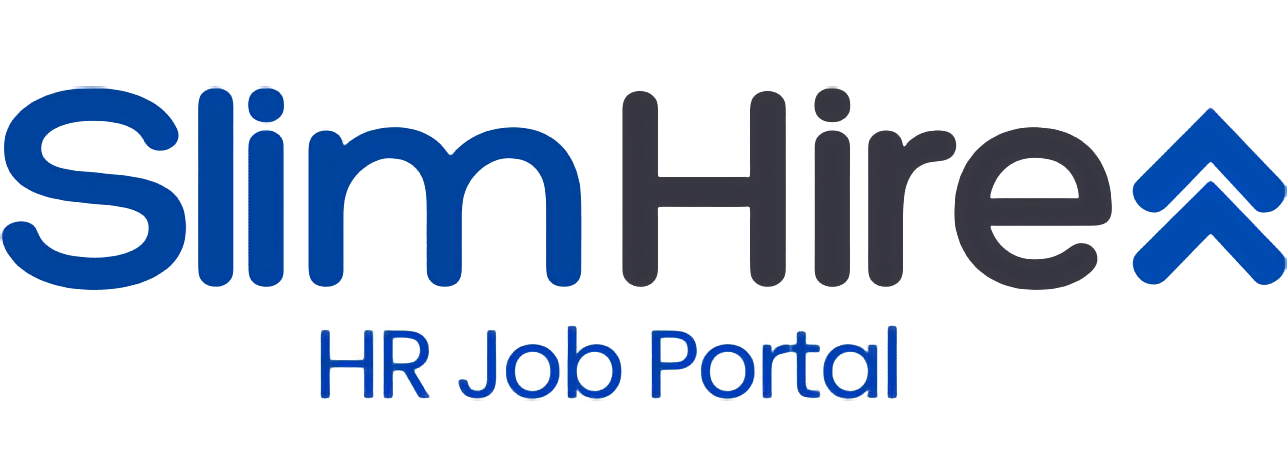Step-by-Step Guide to Conducting Effective Employee Exit Interviews
Exit interviews are a valuable tool to gain honest feedback, improve retention, and strengthen your workplace culture. Done right, they reveal actionable insights to reduce turnover and boost employee engagement.
1. Plan the Interview Timing and Setting
- Conduct the exit interview within the last week of the employee’s notice period.
- Schedule a private, relaxed environment to encourage open conversation.
- Use neutral interviewers (HR or an external consultant) to avoid bias.
2. Prepare a Standardized Questionnaire
Key topics to cover include:
- Reasons for leaving (personal, job-related, management, etc.)
- Job satisfaction and challenges
- Work environment and culture feedback
- Suggestions for improvement
- Future career plans
Keep questions clear and open-ended but focused.
3. Communicate the Purpose Clearly
Tell departing employees that:
- Their feedback is confidential and valued.
- The goal is to improve the company for current and future staff.
- Honest answers help shape better HR policies.
4. Record and Analyze Data Systematically
- Take detailed notes or record (with permission).
- Consolidate exit interview data monthly or quarterly.
- Identify common themes: recurring issues with management, workload, policies.
Use findings to:
- Adjust retention strategies
- Enhance onboarding and training
- Improve workplace culture
5. Follow Up and Close the Loop
- Share key insights with leadership and relevant managers.
- Communicate implemented changes transparently to staff.
- Use exit feedback as a continuous improvement tool.
Final Thoughts
Exit interviews are often overlooked or rushed, but they are a goldmine for actionable insights when done thoughtfully. Make them a standard, professional part of your offboarding process to keep improving your workplace and reduce costly turnover.
